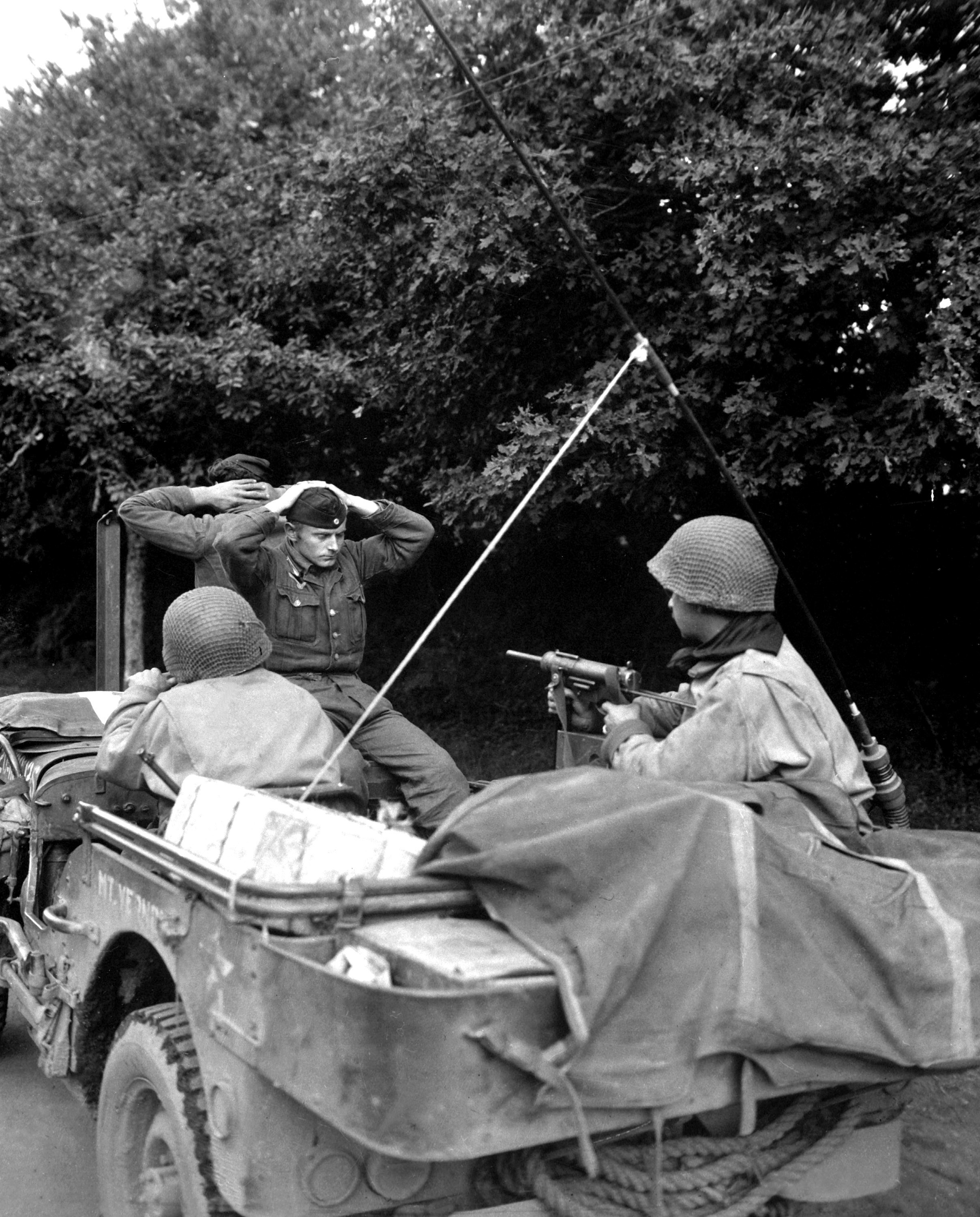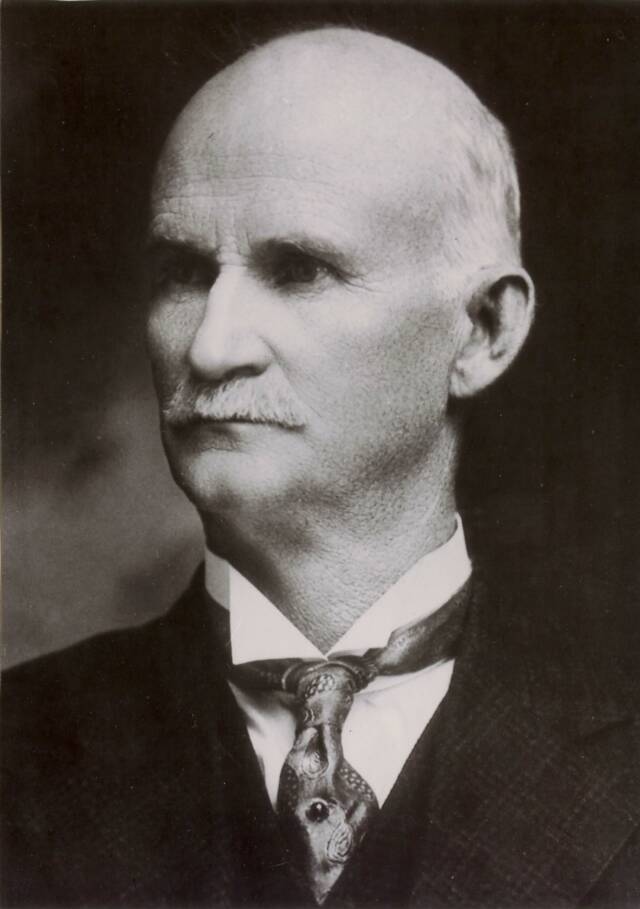|
Scarlett (G.I. Joe)
Scarlett (also released as ''Agent Scarlett'') is a fictional character from the '' G.I. Joe: A Real American Hero'' toyline, comic books and animated series. She is one of the original members of the G.I. Joe Team, and debuted in 1982. The character is also featured in both the '' G.I. Joe: Sigma 6'' animated series and comic books. Scarlett was portrayed by actress Rachel Nichols in the 2009 film '' G.I. Joe: The Rise of Cobra'' and Samara Weaving in the 2021 film '' Snake Eyes''. Profile Her real name is Shana M. O'Hara, and she was born in Atlanta, Georgia. Her primary specialty for the team is counter intelligence. Scarlett is additionally skilled in martial arts and acrobatics. She started training at age 9 with her father and three brothers, who were all instructors, and she earned her first black belt at age 15. Scarlett also graduated summa cum laude, and passed her Bar Exams to practice law before joining the military. She graduated from Advanced Infantry Training and R ... [...More Info...] [...Related Items...] OR: [Wikipedia] [Google] [Baidu] |
Atlanta, GA
Atlanta ( ) is the capital city, capital and List of municipalities in Georgia (U.S. state), most populous city of the U.S. state of Georgia (U.S. state), Georgia. It is the county seat, seat of Fulton County, Georgia, Fulton County, the most populous county in Georgia, but its territory falls in both Fulton and DeKalb counties. With a population of 498,715 living within the city limits, it is the eighth most populous city in the Southeastern United States, Southeast and List of United States cities by population, 38th most populous city in the United States according to the 2020 United States census, 2020 U.S. census. It is the core of the much larger Atlanta metropolitan area, which is home to more than 6.1 million people, making it the List of metropolitan statistical areas, eighth-largest metropolitan area in the United States. Situated among the foothills of the Appalachian Mountains at an elevation of just over above sea level, it features unique topography that include ... [...More Info...] [...Related Items...] OR: [Wikipedia] [Google] [Baidu] |
Tae Kwon Do
''Taekwondo'', ''Tae Kwon Do'' or ''Taekwon-Do'' (; ko, 태권도/跆拳道 ) is a Korean martial arts, Korean form of martial arts involving punching and kicking techniques, with emphasis on head-height kicks, spinning jump kicks, and fast kicking techniques. The literal translation for tae kwon do is "kicking", "punching", and "the art or way of". They are a kind of martial arts in which one attacks or defends with hands and feet anytime or anywhere, with occasional use of weapons. The physical training undertaken in Taekwondo is purposeful and fosters strength of mind through mental armament. Taekwondo practitioners wear a uniform, known as a dobok. It is a combat sport and was developed during the 1940s and 1950s by Korean martial artists with experience in martial arts such as karate, Chinese martial arts, and indigenous Korean martial arts traditions such as Taekkyeon, Taekkyon, Subak, and Gwonbeop. The oldest governing body for Taekwondo is the Korea Taekwondo Associat ... [...More Info...] [...Related Items...] OR: [Wikipedia] [Google] [Baidu] |
Gung-Ho (G
''Gung ho'' () is an English term, with the current meaning of "overly enthusiastic or energetic". It originated during the Second Sino-Japanese War (1937–1945) from a Chinese term, ( zh, hp=gōnghé, l=to work together), short for Chinese Industrial Cooperatives ( zh, c=工業合作社, hp=Gōngyè Hézuòshè). The linguist Albert Moe concluded that the term is an "Americanism that is derived from the Chinese, but its several accepted American meanings have no resemblance whatsoever to the recognized meaning in the original language" and that its "various linguistic uses, as they have developed in the United States, have been peculiar to American speech." In Chinese, concludes Moe, "this is neither a slogan nor a battle cry; it is only a name for an organization." The term was picked up by United States Marine Corps Major Evans Carlson from his New Zealand friend, Rewi Alley, one of the founders of the Chinese Industrial Cooperatives. Carlson explained in a 1943 interview ... [...More Info...] [...Related Items...] OR: [Wikipedia] [Google] [Baidu] |
Garotte
A garrote or garrote vil (a Spanish word; alternative spellings include garotte and similar variants''Oxford English Dictionary'', 11th Ed: garrotte is normal British English spelling, with single r alternate. Article title is US English spelling variant.) is a weapon, usually a handheld ligature of chain, rope, scarf, wire or fishing line, used to strangle a person.Newquist, H.P. and Maloof, Rich, ''This Will Kill You: A Guide to the Ways in Which We Go'', New York: St. Martin's Press, (2009), pp. 133-6 Assassination weapon A garrote can be made out of many different materials, including ropes, cloth, cable ties, fishing lines, nylon, guitar strings, telephone cord or piano wire.Whittaker, Wayne, ''Tough Guys'', Popular Mechanics, February 1943, Vol. 79 No. 2, pp. 44Steele, David E., ''Silent Sentry Removal'', Black Belt Magazine, August 1986, Vol. 24 No. 8, pp. 48–49 A stick may be used to tighten the garrote; the Spanish word refers to the stick itself. In Spanish, the t ... [...More Info...] [...Related Items...] OR: [Wikipedia] [Google] [Baidu] |
Shuriken
A ''shuriken'' ( ja, 手裏剣; literally: "hidden hand blade") is a Japanese concealed weapon that was used as a hidden dagger or metsubushi to distract or misdirect. They are also known as throwing stars, or ninja stars, although they were originally designed in many different shapes. The major varieties of shuriken are the and the or . Shuriken were supplementary weapons to the sword or various other weapons in a samurai's arsenal, although they often had an important tactical effect in battle. The art of wielding the shuriken is known as shurikenjutsu and was taught as a minor part of the martial arts curriculum of many famous schools, such as Yagyū Shinkage-ryū, Tenshin Shōden Katori Shintō-ryū, Ittō-ryū, Kukishin-ryū, and Togakure-ryū. Bo-shuriken A ''Bo-shuriken'' is a throwing weapon consisting of a straight iron or steel spike, usually four-sided but sometimes round or octagonal in section. Some examples have points on both ends. The length ranges from 1 ... [...More Info...] [...Related Items...] OR: [Wikipedia] [Google] [Baidu] |
MAC-10
The Military Armament Corporation Model 10, officially abbreviated as "M10" or "M-10", and more commonly known as the MAC-10, is a compact, blowback operated machine pistol/submachine gun that was developed by Gordon B. Ingram in 1964. It is chambered in either .45 ACP or 9mm. A two-stage suppressor by Sionics was designed for the MAC-10, which not only abates the noise created, but makes it easier to control on full automatic (although it also makes the gun far less compact and concealable). Military Armament Corporation never used the "MAC-10" nomenclature in its catalogs or sales literature, but "MAC-10" is frequently used by Title II dealers, gun writers, and collectors. For a decade, the semi-automatic pistol version of the weapon was forbidden in the U.S. under the assault weapons ban enacted by Congress in 1994. Design The MAC-10 is built predominantly from steel stampings. A notched cocking handle protrudes from the top of the receiver, and turning the handle 90° ... [...More Info...] [...Related Items...] OR: [Wikipedia] [Google] [Baidu] |
Remington Model 700
The Remington Model 700 is a series of bolt-action centerfire rifles manufactured by Remington Arms since 1962. It is a development of the Remington 721 and 722 series of rifles, which were introduced in 1948. The M24 and M40 military sniper rifles, used by the US Army and Marine Corps, respectively, are both based on the Model 700 design. The Remington 700 series rifles often come with a 3-, 4- or 5-round internal magazine depending on the caliber chambered, some of which have a hinged floor-plate for quick unloading, and some of which are "blind" (with no floor-plate). The rifle can also be ordered with a detachable box magazine. The Model 700 is available in many different stock, barrel and caliber configurations, with many third-party and aftermarket variants in the market built on the same action footprint. From 1978 to 1982, Remington offered the Sportsman 78 which is the same model 700 action but with cheaper features such as a plain stock without checkering. The Sport ... [...More Info...] [...Related Items...] OR: [Wikipedia] [Google] [Baidu] |
M3 Submachine Gun
The M3 is an American .45-caliber submachine gun adopted by the U.S. Army on 12 December 1942, as the United States Submachine Gun, Cal. .45, M3.Iannamico, Frank, ''The U.S. M3-3A1 Submachine Gun'', Moose Lake Publishing, , (1999), pp. 14, 22–24, 34–39, 44–46, 54–55, 59–63, 67, 73–74 The M3 was chambered for the same .45 ACP round fired by the Thompson submachine gun, but was cheaper to mass produce and lighter, although, contrary to popular belief, it was less accurate. The M3 was commonly referred to as the "Grease Gun" or simply "the Greaser," owing to its visual similarity to the mechanic's tool.Ingram, Mike: ''The MP40 Submachine Gun'', p. 85. Zenith Imprint, 2001. The M3 was intended as a replacement for the Thompson, and began to enter frontline service in mid-1944. The M3A1 variant was used in the Korean War and later conflicts. The M14 rifle, adopted in 1959, was intended to replace the M3A1 (as well as the M1 Garand, M1918 Browning Automatic Rifle and th ... [...More Info...] [...Related Items...] OR: [Wikipedia] [Google] [Baidu] |
M79 Grenade Launcher
The M79 grenade launcher is a single-shot, shoulder-fired, break-action grenade launcher that fires a 40×46mm grenade, which uses what the US Army calls the High-Low Propulsion System to keep recoil forces low, and first appeared during the Vietnam War. Because of its distinctive report, it has earned the nicknames of "Thumper", "Thump-Gun", "Bloop Tube", "Big Ed", "Elephant Gun," and "Blooper" among American soldiers as well as "Can Cannon" in reference to the grenade size; Australian units referred to it as the "Wombat Gun". The M79 can fire a wide variety of 40 mm rounds, including explosive, anti-personnel, smoke, buckshot, flechette (pointed steel projectiles with a vaned tail for stable flight), and illumination. While largely replaced by the M203, the M79 has remained in service in many units worldwide in niche roles. History The M79 was a result of the US Army's Project Niblick, an attempt to increase firepower for the infantryman by having an explosive project ... [...More Info...] [...Related Items...] OR: [Wikipedia] [Google] [Baidu] |
M1911 Pistol
The M1911 (Colt 1911 or Colt Government) is a single-action, recoil-operated, semi-automatic pistol chambered for the .45 ACP cartridge. The pistol's formal U.S. military designation as of 1940 was ''Automatic Pistol, Caliber .45, M1911'' for the original model adopted in March 1911, and ''Automatic Pistol, Caliber .45, M1911A1'' for the improved M1911A1 model which entered service in 1926. The designation changed to ''Pistol, Caliber .45, Automatic, M1911A1'' in the Vietnam War era. Designed by John Browning, the M1911 is the best-known of his designs to use the short recoil principle in its basic design. The pistol was widely copied, and this operating system rose to become the preeminent type of the 20th century and of nearly all modern centerfire pistols. It is popular with civilian shooters in competitive events such as the International Defensive Pistol Association and International Practical Shooting Confederation. The U.S. military procured around 2.7 million M1911 and ... [...More Info...] [...Related Items...] OR: [Wikipedia] [Google] [Baidu] |




